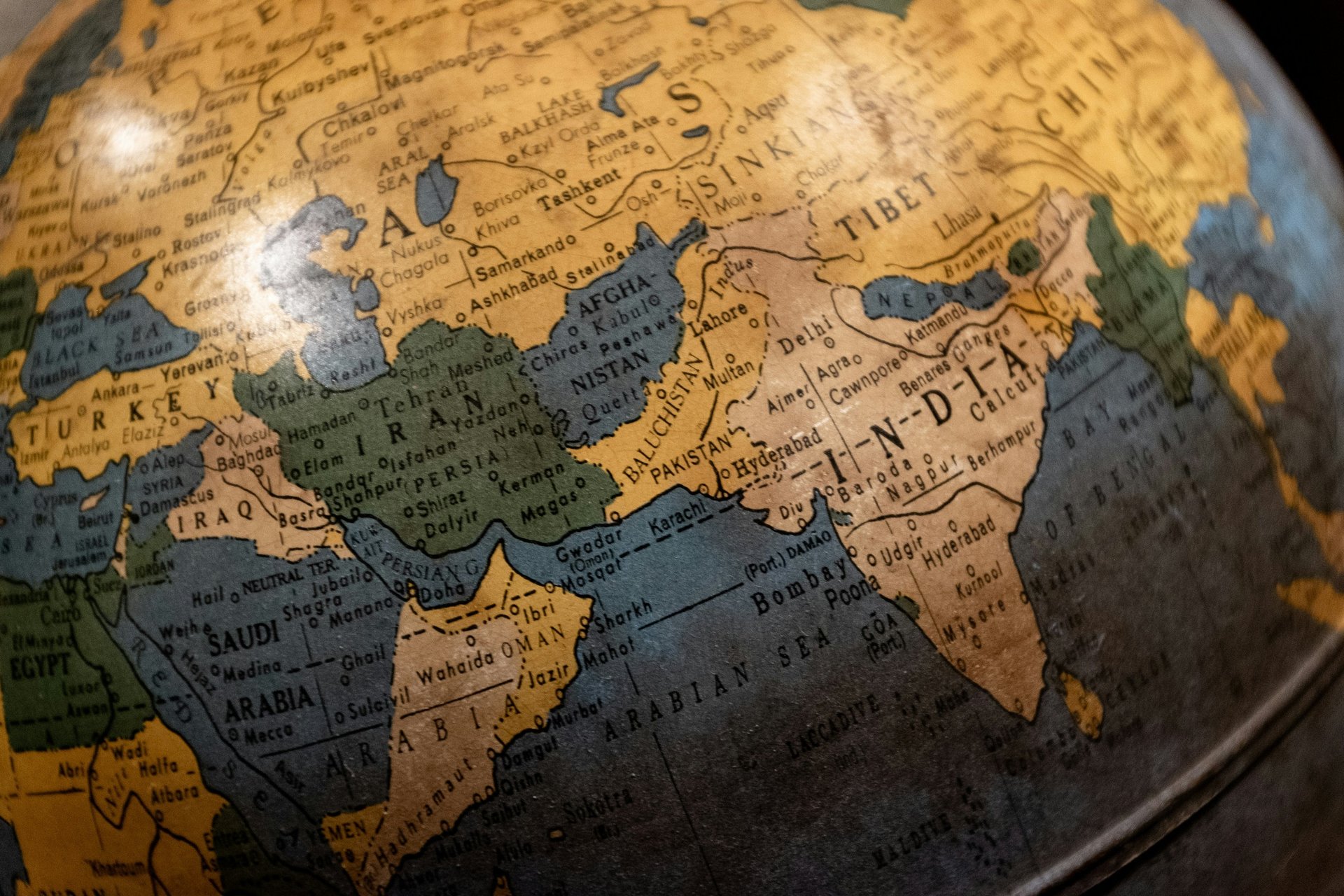
How Regulatory Environments Differ Across Countries
Every country has its own roadmap when it comes to pharmaceutical regulation. While the goal is always public health safety, the path to getting a drug approved or exported can look vastly different depending on where you’re trading.
6/18/20251 min read
Why This Matters
For exporters and pharmaceutical manufacturers, understanding how regulatory environments differ can save months of delay, reduce costs, and open new markets with confidence. Whether you’re sending generics to Africa or APIs to Europe, regulatory nuances shape your entire export strategy.
A Quick Comparison: How Countries Handle Pharma Imports
1. United States (FDA)
Highly regulated with detailed review processes
Requires ANDA or NDA for product entry
cGMP compliance is rigorously audited
Imports require site inspections by USFDA
2. European Union (EMA)
Centralized procedures through the European Medicines Agency for multiple countries
Strict pharmacovigilance and traceability rules
Mandatory serialization under FMD (Falsified Medicines Directive)
3. Africa (varies by country)
Regulatory maturity varies: Countries like Kenya and South Africa have robust systems, while others are still developing frameworks
Often rely on WHO prequalification as a quality benchmark
Simplified dossier requirements compared to EU/US
4. Southeast Asia (e.g., Vietnam, Philippines, Indonesia)
Require local agent representation for product registration
Varying timelines, but improving with ASEAN harmonization efforts
Countries like Vietnam are increasing digitalization in drug registration
5. Latin America (e.g., Brazil, Mexico, Chile)
Brazil’s ANVISA is among the toughest regulators outside of the West
Requirements often include site inspections and language-specific packaging
Dossier requirements align loosely with ICH guidelines but often have local variations
What Exporters Need to Keep in Mind
Documentation Needs Vary: Even similar-looking markets can have drastically different paperwork needs—from site master files to pharmacological data.
Timelines Can Be Unpredictable: While one country may approve within three months, another may take a year. Plan your entry strategy accordingly.
Representation Matters: Many countries require local legal or regulatory representatives. Partnering with a reliable local entity can fast-track approvals.
Be Prepared for Audits: Some authorities, especially the USFDA or ANVISA, may require in-person audits of your manufacturing facility.
Global Pharma, Local Rules
Understanding the regulatory environment is key to unlocking market potential. Exporters who invest in learning the rules of each target market can avoid surprises and create sustainable, scalable export pipelines.
Navigating the world of pharmaceutical regulation may be complex—but it’s also the foundation of successful global trade.